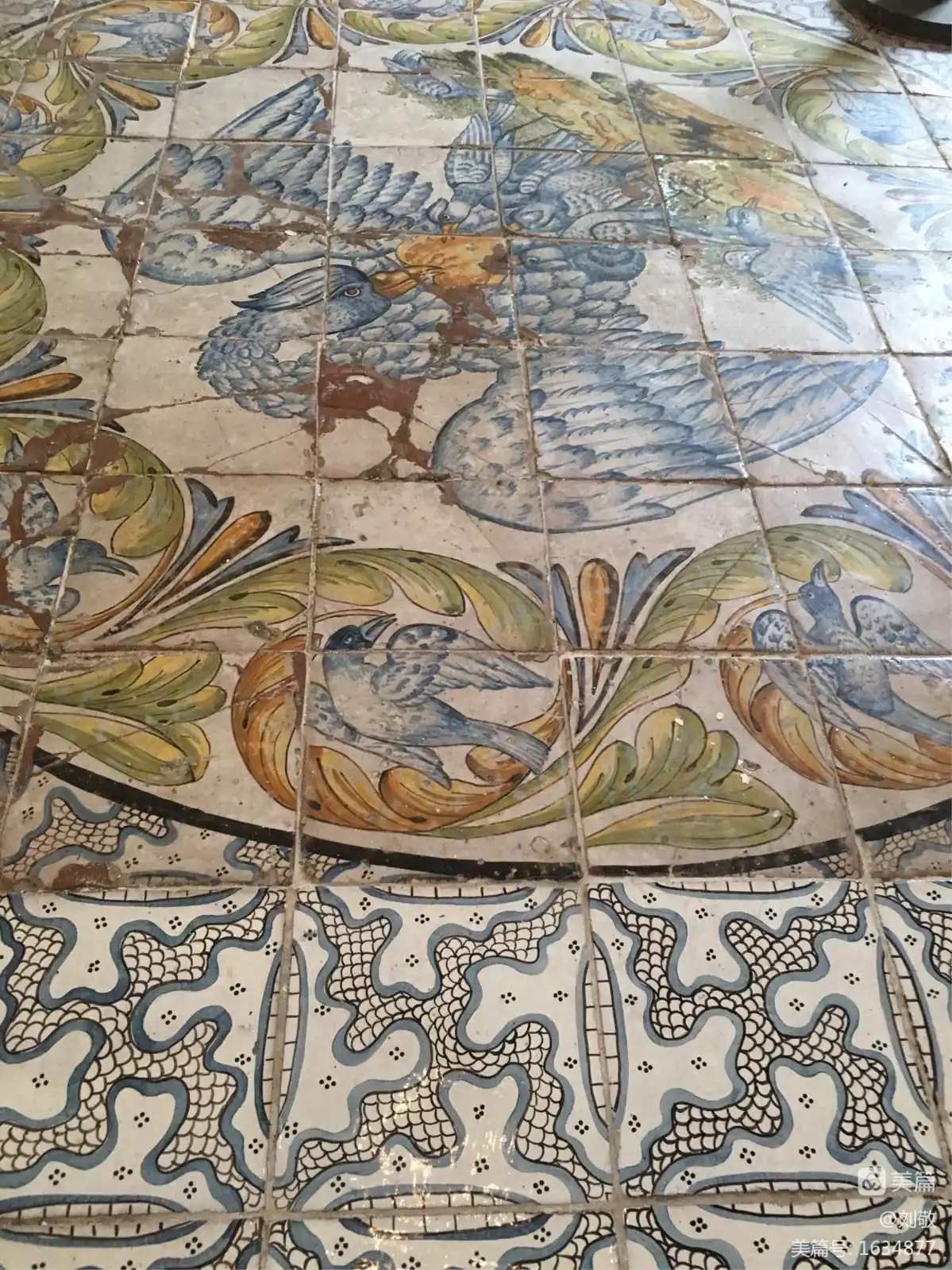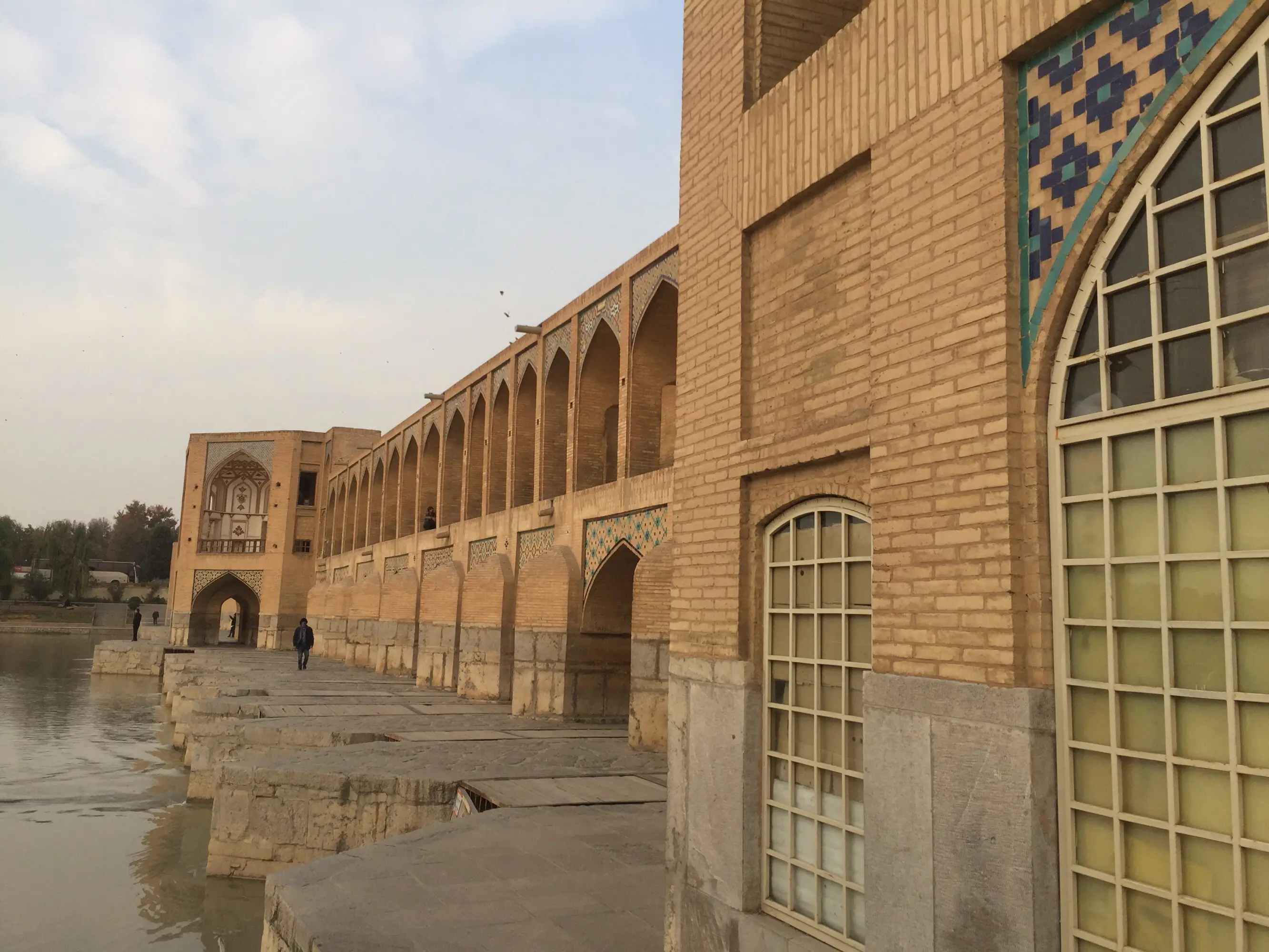I have always been fascinated by the rich history and evolution of ceramic tiles. These small pieces of art have been a staple in interior design for centuries, adding color, texture, and character to any space.
From ancient civilizations to modern-day dwellings, the story of ceramic tiles is one that spans across time and cultures.
In this article, we will delve into the origins of ceramic tiles, exploring how they were first created and the influences that shaped their development.
We will also trace the evolution of ceramic tiles, from their humble beginnings to the intricate and beautifully crafted pieces we see today.
Join me on this journey through time as we uncover the fascinating history and evolution of ceramic tiles.

Ceramic tiles, with their rich history dating back centuries, have been an exquisite way to add color and texture to spaces. Now let's dive into the fascinating origin of these handmade beauties.
The origin of ceramic tiles can be traced back to ancient civilizations such as the Egyptians, Mesopotamians, and Persians. These early civilizations recognized the durability and versatility of clay and began using it to create tiles for decorative purposes. They would shape the clay into various forms, such as squares or rectangles, and then fire them in kilns to harden and strengthen the material.
As time went on, the art of tile making spread to other parts of the world, including Europe. The Greeks and Romans were particularly skilled in the craft, creating intricate designs and patterns on their tiles. The use of ceramic tiles became widespread, adorning the floors, walls, and ceilings of palaces, temples, and public buildings.
The popularity of ceramic tiles continued to grow throughout the Middle Ages and the Renaissance, with advancements in technology and design leading to even more intricate and beautiful creations.
Overall, the origin of ceramic tiles can be attributed to the ingenuity and creativity of ancient civilizations. From their humble beginnings, ceramic tiles have evolved into a timeless art form that continues to enhance the beauty of spaces today.

From ancient civilizations to modern day interiors, the story of handmade tiles unfolds through a rich tapestry of innovation and craftsmanship.
The development history of ceramic tiles is a fascinating journey that spans thousands of years. It all began in ancient Mesopotamia, where the earliest known examples of glazed tiles were found. These tiles were made by shaping clay into geometric forms and then firing them in kilns. The Mesopotamians were pioneers in the art of tile making, and their techniques were quickly adopted by other civilizations such as the Egyptians and Persians.
As time went on, the art of tile making spread throughout the world, with each culture adding their own unique touches to the craft.
In ancient China, for example, decorative tiles were created using a technique called cuerda seca, which involved outlining the design with a wax or oil-based substance before applying the glaze. This allowed for more intricate and detailed patterns to be created.
In Islamic cultures, geometric patterns and calligraphy became prominent features of ceramic tiles, reflecting the influence of Islamic art and architecture.
During the Renaissance period in Europe, there was a renewed interest in the art of tile making. Italian artisans began producing intricate hand-painted tiles, often depicting scenes from mythology or nature. This marked a shift towards more decorative and artistic tiles, which were used to adorn the interiors of palaces, churches, and grand homes.
Today, the tradition of handmade tiles continues to thrive, with artisans and designers around the world pushing the boundaries of what's possible with clay.
From Moroccan zellige tiles to Japanese porcelain, the art of tile making has evolved and adapted to reflect the changing tastes and styles of each era. Whether used as a bold statement or a subtle accent, handmade tiles add a touch of beauty and craftsmanship to any space they adorn.

Enhance your space with the captivating transformation of handmade tiles.
Over the years, ceramic tiles have evolved in both design and functionality. From their humble beginnings as simple clay squares, they have transformed into intricate works of art that adorn walls, floors, and even ceilings.
The evolution of ceramic tiles can be attributed to advancements in technology, as well as the influence of different cultures and artistic movements.
One of the major advancements in the evolution of ceramic tiles is the development of new glazing techniques. In the past, tiles were often left unglazed or had a simple glaze applied to them. However, with the introduction of new techniques, such as majolica and faience, tiles could be adorned with vibrant colors and intricate patterns. This allowed for more creative expression and customization in tile design.
Another important aspect of the evolution of ceramic tiles is the introduction of new materials. While clay has always been the primary material used in tile-making, advancements in technology have allowed for the incorporation of other materials, such as glass and metal. This has opened up a whole new world of design possibilities, with tiles now being able to incorporate different textures and finishes. From glossy glass tiles to rustic metal tiles, there is now a wide range of options available to suit any style or aesthetic.
The evolution of ceramic tiles has seen them transform from simple clay squares to intricate works of art. Advancements in glazing techniques and the introduction of new materials have allowed for greater creativity and customization in tile design.
Whether you're looking to add a pop of color or a touch of texture to your space, handmade tiles offer a captivating transformation that is sure to enhance any area.

In conclusion, exploring the history and evolution of ceramic tiles has been a fascinating journey. From their humble origins in ancient civilizations to the sophisticated techniques used today, these tiles have left an indelible mark on the world of interior design.
The intricate patterns and vibrant colors of handmade tiles have captivated generations, bringing life and personality to spaces.
Throughout the ages, ceramic tiles have been influenced by different cultures, art movements, and technological advancements. They've adapted and evolved, constantly pushing the boundaries of design and innovation.
Today, ceramic tiles continue to be a popular choice for homeowners and designers alike, offering endless possibilities for creativity and self-expression.
As I reflect on this exploration of ceramic tile history, I'm reminded of the incredible craftsmanship and artistry that goes into each tile. From the meticulous hand-painting of ancient tiles to the precision of modern manufacturing techniques, every tile tells a story. It's a testament to the ingenuity and creativity of humanity, and a reminder of the power that art and design have to transform our living spaces.
In conclusion, ceramic tiles have come a long way, and their journey is far from over. They'll continue to evolve and inspire, leaving a lasting impact on the world of interior design for years to come.
So, next time you step into a room adorned with ceramic tiles, take a moment to appreciate the rich history and the incredible craftsmanship behind these beautiful works of art.
